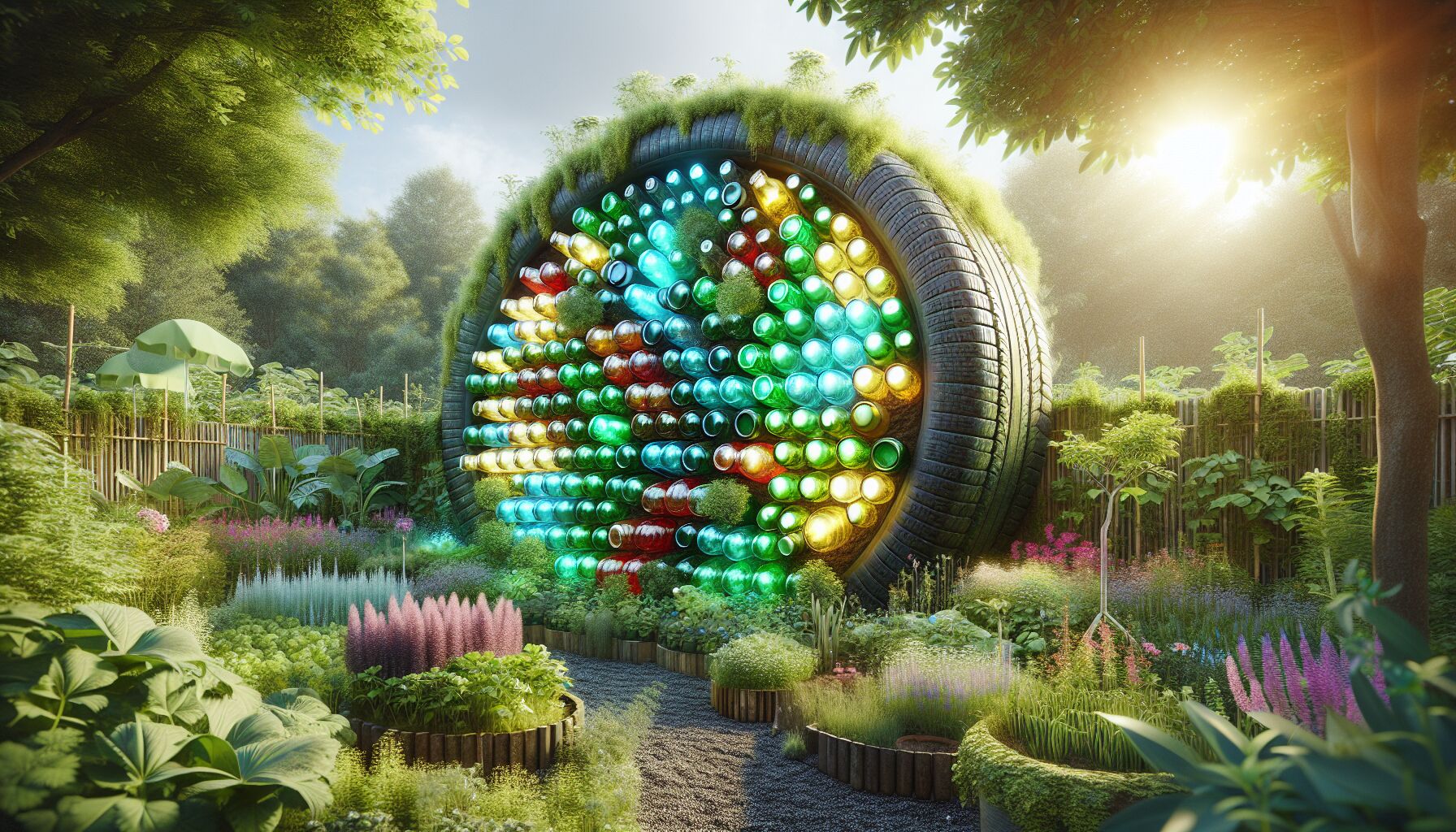 Understanding zoning laws can feel like trying to read a different language, but it’s crucial when setting your sights on an earthship or other off-grid housing. Zoning codes are your town’s way of shepherding development—like a wise old guardian drawing invisible lines, showing us where and how we can build. Think of zoning laws as both a roadmap and a rulebook, guiding us through the maze of construction with a gentle nudge.
Understanding zoning laws can feel like trying to read a different language, but it’s crucial when setting your sights on an earthship or other off-grid housing. Zoning codes are your town’s way of shepherding development—like a wise old guardian drawing invisible lines, showing us where and how we can build. Think of zoning laws as both a roadmap and a rulebook, guiding us through the maze of construction with a gentle nudge.
Now, why do these codes matter so much? You see, zoning laws determine how property can be used and what can be built where. Imagine dreaming up a cozy earthship, only to find out you’re in a commercial zone. Ouch! It’d be like trying to plant a vibrant garden in the middle of a freeway—perplexing! Your local city or town zoning office would have all the details laid out like an ancient scroll.
So, where do we find these zoning laws? Generally, they’re available at your local municipal office or, more conveniently, online. It’s wise to unearth these details early on, especially before any earth-moving begins. Knowing whether an area is zoned for residential, mixed-use, or something more restrictive can save a world of headaches down the line. And sometimes, there’s magic in those pages—legal loopholes. These sneaky little treasures might allow more flexibility in your planning than first imagined. But let me caution, navigating legal loopholes is an artform. It’s a delicate dance that respects both the letter and the spirit of the law.
Unsurprisingly, anyone who’s ventured down this path before will stress the importance of community. It turns out that local public hearings for zoning changes are more than just bureaucratic judgements; they’re opportunities to engage. Picture yourself, shoulder to shoulder with other local dreamers and doers, each advocating for a more sustainable future. Isn’t it inspiring to remember that, “We shape our buildings; thereafter, they shape us,” as Winston Churchill famously noted?
The storyline doesn’t end with zoning. It’s merely the opening chapter. Once your understanding takes root, you’re on your way to planting not just an earthship, but a commitment to sustainable living that’s both law-abiding and liberating.
Navigating building permit processes
Navigating the building permit landscape is akin to untangling a set of old, knotted-up Christmas lights—daunting at first, but oh so rewarding once you see them shine. Acquiring the right permits is more than a tick in the box. It’s your ticket to transforming architectural imagination into tangible reality. But, one must tread thoughtfully; this isn’t a pirate’s map to treasure, but a journey requiring patience and precision.
First things first, get acquainted with your local building department—these folks are your gatekeepers, your allies. They hold the power to approve plans and grant permits. Introduce your vision, seek their advice, and build a rapport. Far from being faceless officials, these individuals might just be your biggest cheerleaders. Have faith that their guidance will steer your ship true.
Understanding the collection of paperwork awaiting you is, without doubt, vital. Each form, from your initial application to environmental impact studies, plays its part in telling the story of your proposed earthship. Speaking of stories, think of your project’s blueprint as the script—it must be clear and comply with all standards. If you’re a bit of a wordsmith in construction lingo, this is where that shine should come through. Technical specifications, energy models, structural details, oh my! They all need mention.
Now, here’s the paradox: while codes and laws outline boundaries, they can also foster creativity. Maybe you dream of using repurposed glass bottle walls or rainwater collection systems. Perhaps there’s a legal loophole allowing innovative building features in the name of sustainability. Don’t just construct within the lines of regulation; let those lines nurture your creativity. It’s in this dance between compliance and creativity where the spirit of earthships truly comes to life.
Once you’ve meticulously gathered your materials and triple-checked everything with your chosen builder, it’s time to formally submit your application. You might face further questions—take them as invitations for clarity rather than hurdles. Remember, if Thoreau could build his cabin at Walden Pond by embracing simplicity and intention, surely your earthship can find its place, too.
But what’s next? Here’s the thing: patience is paramount. Building departments can be sluggish as they mull over your proposal. While waiting might fray the nerves, it also grants space to refine your plans or engage deeper with the community. Like an unexpected rainy season between planting and harvest—it’s a chance to focus inward, ensuring that when the time comes, your groundwork is rock solid.
Finally, permit approval marks not just the culmination of bureaucratic dance but the start of tangible creation. Your earthship isn’t merely a structure but a symbol—a beacon of off-grid living and sustainable possibilities. With pen to paper and plans to build, you set out on a path not just to raise walls but to create a home that reflects intertwined knowledge, nature, and resilience.
Incorporating sustainable materials and methods
 Sustainable materials aren’t just a choice in today’s construction landscape; they’re a necessity for anyone seeking to build an earthship. But here’s the magic—choosing the right materials can be an inspiring play of creativity, science, and a little bit of earthbound artistry. Picture this: you’re not just picking items off a shelf but curating elements that resonate with the land’s history, its energy, and your vision for off-grid living.
Sustainable materials aren’t just a choice in today’s construction landscape; they’re a necessity for anyone seeking to build an earthship. But here’s the magic—choosing the right materials can be an inspiring play of creativity, science, and a little bit of earthbound artistry. Picture this: you’re not just picking items off a shelf but curating elements that resonate with the land’s history, its energy, and your vision for off-grid living.
Let’s talk about the building blocks of this dream. Earthships often incorporate recycled and natural materials, like tires, bottles, and rammed earth, to embrace sustainability. Imagine sculpting walls with earth-packed tires—a method that’s both eco-friendly and grants immense thermal mass—helping regulate indoor temperatures naturally. It’s as if Mother Nature herself is cradling your home with her hands. Speaking of natural, the use of glass bottles not only reduces waste but brings light in through a prism of colors, creating an aesthetic that seems to dance with sunlight.
You’ll realize fast, though, that incorporating these materials isn’t just about going green—it’s also about working within legal frameworks. Just as a jazz musician knows the rules of music before they can improvise, a seasoned builder knows to harmonize creativity with compliance. Legal loopholes can sometimes appear like hidden doors within the maze of regulation, allowing innovative features within your earthship by emphasizing its green benefits.
This extends beyond just the building materials. Consider harvesting rainwater or utilizing passive solar energy. Not only are these methods kind on the earth, but they nourish the intention behind your build—self-reliance and harmony with nature. Water collectors, solar panels, and wind turbines might seem like tools from a sci-fi novel, yet they root in genuine sustainable practice that whispers respect to every nook of your earthship.
Here’s a little detour—think of permaculture gardens thriving alongside your walls, fed by greywater systems. It becomes a microcosm where biology, design, and stewardship intersect. Your earthship isn’t just housing; it’s a participant in a larger ecological cycle. This is where your home breathes, where living “off the grid” becomes achieving symbiosis with your environment.
A pertinent quote comes to mind: “The greatest threat to our planet is the belief that someone else will save it.” By architect and environmentalist Robert Swan, it speaks volumes here. Every choice, every painted bottle or reused tire, is a step toward that preservation.
Integrating these materials means you’ll need allies, those who cherish the same environmental ethos. Research local suppliers who specialize in sustainable resources—sometimes these small heroes reside in community co-ops or are independent artisans passionate about craftsmanship. Each piece, each part of the puzzle, helps weave a tapestry of conscious creation.
Ultimately, these materials and methods are not just sustainable in a green-washed sense; they’re about fostering resilience, connection, and durability in your build. An earthship becomes not just walls and roofs but a testament to living intentionally and conscientiously within our means, echoing the rhythms of the earth in each resplendent aspect of off-grid housing.
 DS Haven In Light Of Things
DS Haven In Light Of Things





